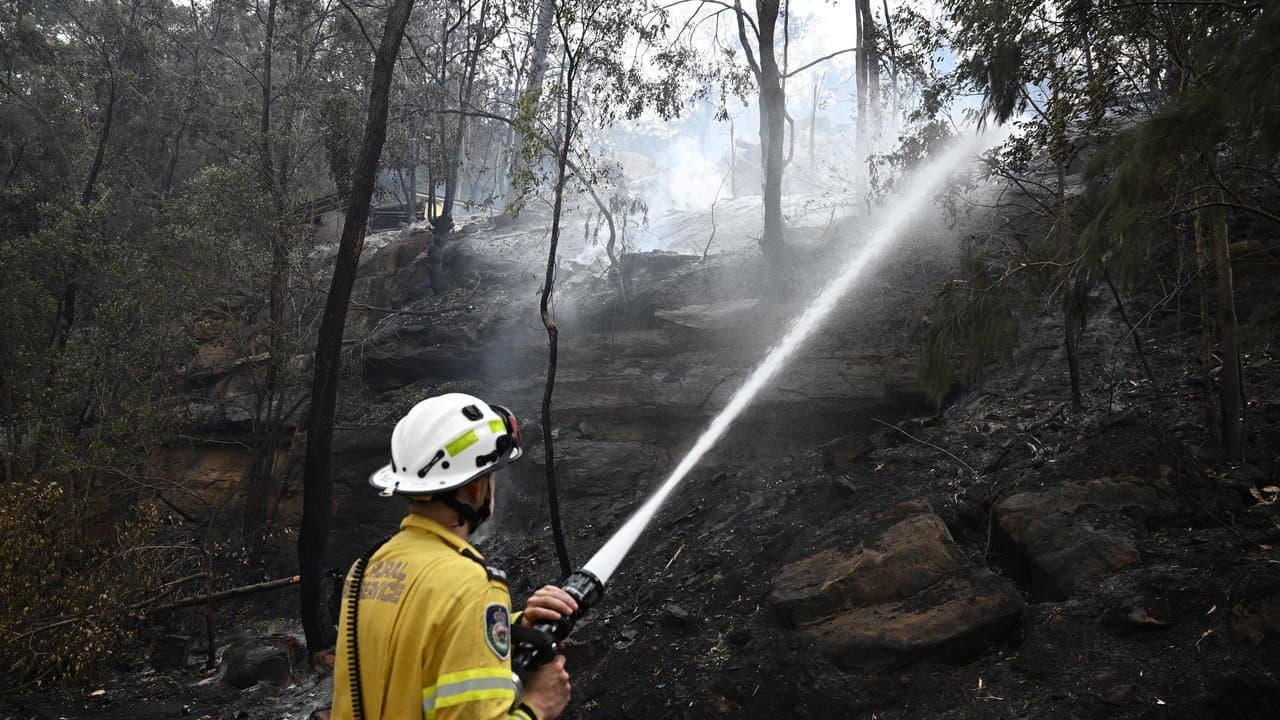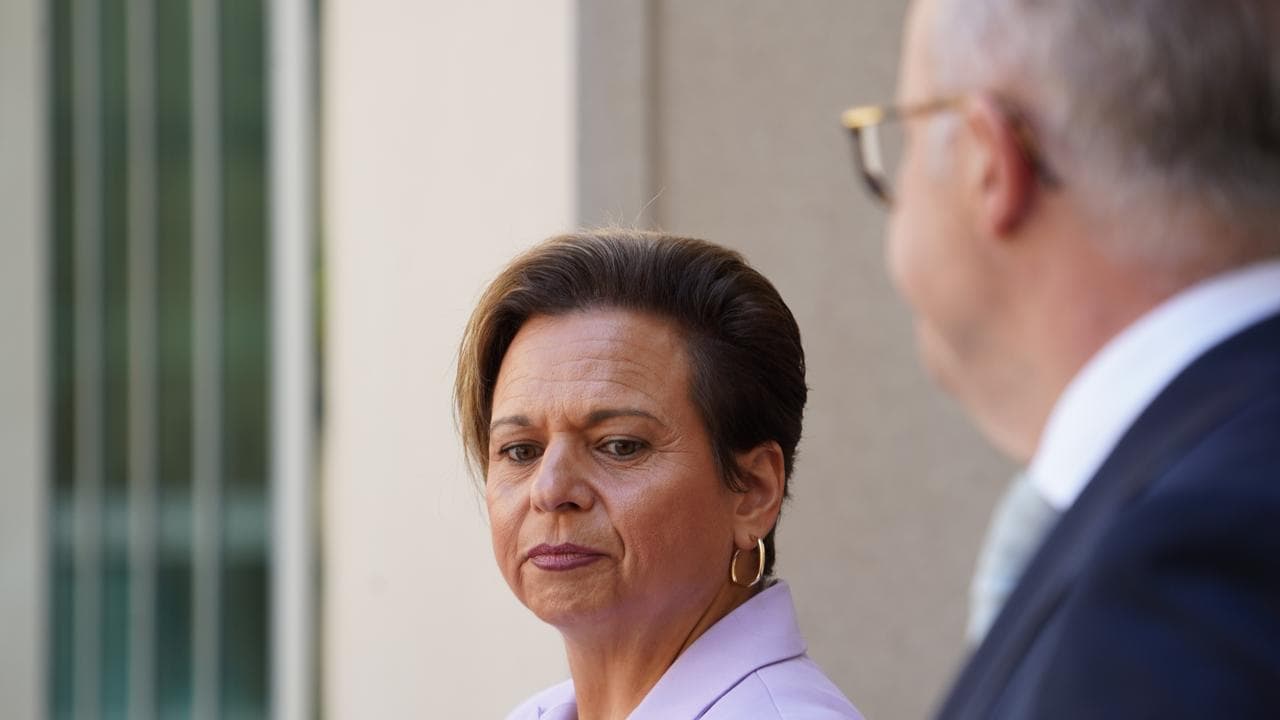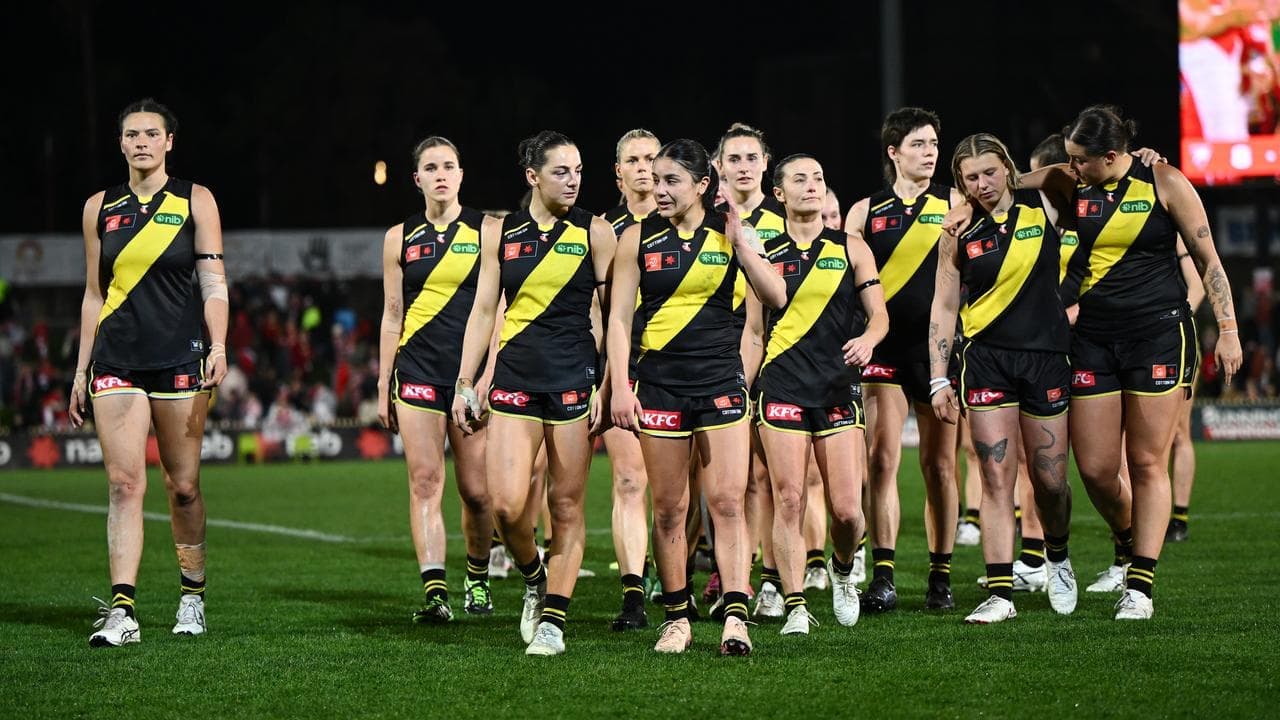WHAT WAS CLAIMED
Australians would be $7200 worse off under Peter Dutton.
OUR VERDICT
Misleading. The calculations have not been adjusted for inflation and experts say assumptions about wage growth are flawed.
AAP FACTCHECK – Treasurer Jim Chalmers' claim that Australian households would be $7200 worse off under the coalition is misleading.
Economists say Labor's calculations are flawed because they aren't adjusted for inflation, and the assumption about the pace of wage growth is unrealistic.
Dr Chalmers has claimed that the average Australian household with two full-time workers would be $7200 worse off if Peter Dutton had been prime minister instead of Anthony Albanese.
"Australians are earning more and keeping more of what they earn under Labor, and they would be working much longer for less under Peter Dutton," the Treasurer told AAP FactCheck.
Prime Minister Anthony Albanese repeated the claim in Question Time (page 33) on February 4, 2025.
"If the Leader of the Opposition and the shadow treasurer had their way, Australian families would be $7200 worse off than they are today," he told the parliament.
The claim has been repeated on Facebook by Education Minister Jason Clare, Environment Minister Tanya Plibersek and the Labor Party.
Social Services Minister Amanda Rishworth said South Australian households particularly would be $4300 worse off under Mr Dutton.

Dr Chalmers' office used average weekly earnings data from the Australian Bureau of Statistics (ABS), the impact of tax cuts, and power bill relief measures to calculate the final dollar figures.
But Evgenia Dechter, a labour economics expert at the University of NSW, said nominal earnings figures did not indicate if workers could afford to buy more or less with their earnings.
"A sensible analysis should take into account inflation and calculate the real wage growth," Associate Professor Dechter told AAP FactCheck.
"The presented higher numbers have nothing to say about the actual purchasing power of wages, or whether workers are actually better off," she said.
Geoff Kingston, an honorary professor of economics at Macquarie University, said nominal earnings figures don't indicate that goods and services prices have also risen.
"It fails to recognise that inflation has been higher under Labor," he told AAP FactCheck.
"As a consequence, the purchasing power of average weekly earnings has been eroded."
Sean Langcake, head of macroeconomic forecasting at research firm Oxford Economics Australia, said earnings growth since Labor came to power was partly due to a post-pandemic re-opening boost.
"It's also a time when real incomes have gone backwards – a more important metric for living standards," Mr Langcake told AAP FactCheck.
Stella Huangfu, a macroeconomics expert at the University of Sydney, said comparing nominal earnings under Labor and the coalition could be misleading when prices were rising.
"A more meaningful comparison would be to assess real wages growth under both administrations, rather than focusing solely on nominal wage changes," Associate Professor Huangfu told AAP FactCheck.
The pace of real wage growth can be estimated by taking the ABS Wage Price Index, which measures changes in wages, and subtracting the headline Consumer Price Index, the main measure of inflation.
The below graph charts real wages, which are adjusted for inflation, in annual terms over the two decades to June 2024.
It shows that while wages have increased, real wages started going backwards towards the end of the coalition's previous term, and continued to do so throughout most of Labor's current term, only recently returning to positive territory.
Jakob Madsen, an expert in economics at the University of Western Australia, said real earnings growth could be estimated by adjusting the ABS average weekly earnings figures for inflation.
He said his calculation showed real wages were essentially unaltered under Labor and the coalition.
"So nothing to boast about for both parties," Professor Madsen told AAP FactCheck.
In predicting what would have happened under a Dutton-led government, Dr Chalmers' office also assumed that the average annual rate of earnings growth under the coalition from 2013 to 2022 would have continued.
It then compared that rate to the actual rate under Labor.
Jeff Borland, an economist at the University of Melbourne, said that wasn't sensible as it assumed macroeconomic conditions had not affected earnings growth.
He pointed out that historically low unemployment over the past four years had put upward pressure on earnings.
Professor Borland said Dr Chalmers' office had likely overestimated the impact of Labor's policies on earnings.
"Macroeconomic conditions by themselves make it very unlikely that growth would have just continued at the same rate [under the coalition]," he told AAP FactCheck.
However, Prof Borland said that does not mean Labor policies have not affected earnings since 2022.
Several reforms clearly helped increase earnings, he said, including Labor's advocacy in award review cases for workers in industries such as aged care and child care.
"The Commonwealth government has obviously supported relatively high rates of increases in the national minimum wage cases and they've reformed the industrial relations," Prof Borland said.
"We also know that in the last couple of years the really big driver of employment growth has been government-funded."
Mr Langcake said the implicit assumption of Dr Chalmers' analysis was that earnings growth could be wholly credited to the Labor government.
However, he said the two major drivers were Fair Work Commission (FWC) decisions to lift minimum wages and Reserve Bank of Australia (RBA) decisions to keep interest rates low amid the pandemic.
Mr Langcake pointed out that those decisions would have presumably been the same regardless of who was in power.
"I don't think the government would want to assert the FWC or RBA are anything less than independent," he said.
"The government can influence inflation, which the FWC/RBA then react to.
"But the extent to which recent governments have contributed to inflation is another question."
AAP FactCheck is an accredited member of the International Fact-Checking Network. To keep up with our latest fact checks, follow us on Facebook, Twitter and Instagram.












